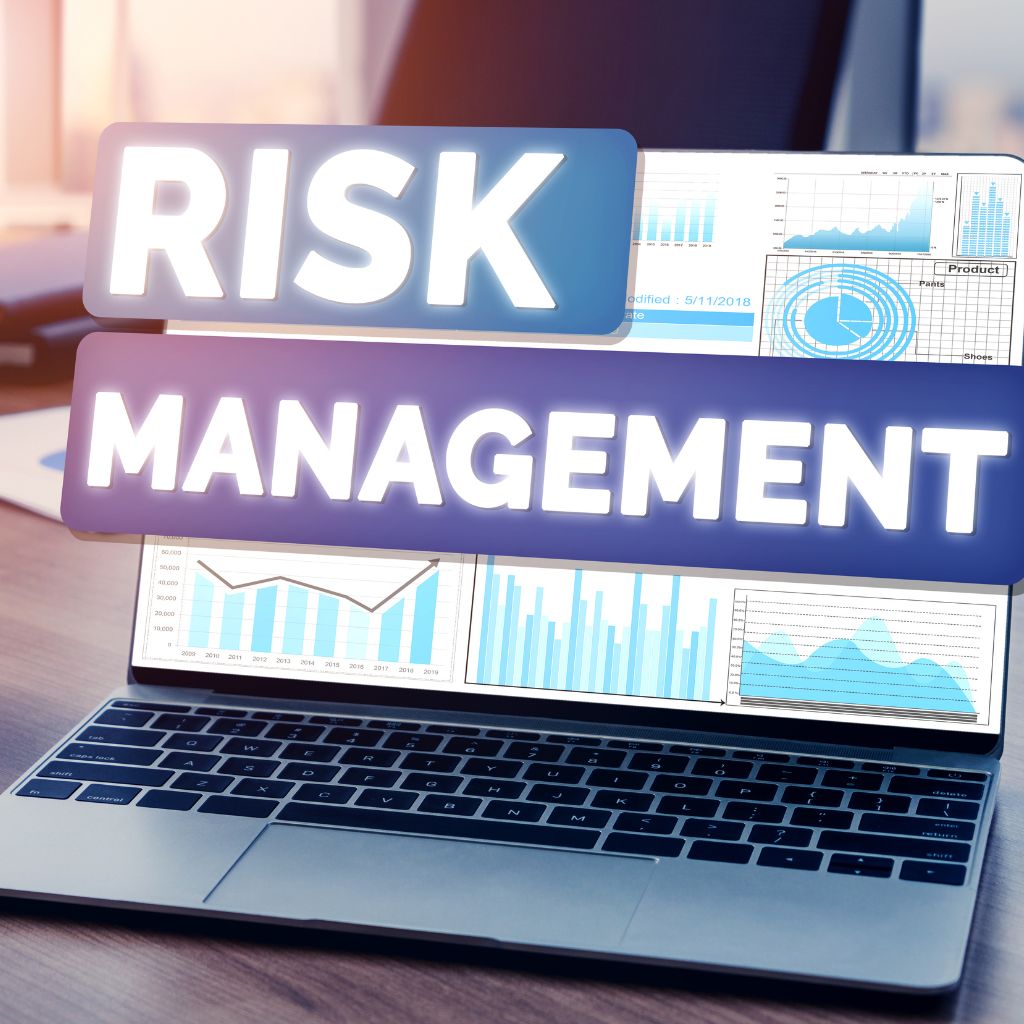Table of Contents
In today’s dynamic business environment, small and medium-sized enterprises (SMEs) face various risks that can threaten their growth, profitability, and sustainability.
Effective risk management for SMEs is essential to minimise potential disruptions and ensure long-term success.
This article explores the common risks for SMEs, outlines key risk mitigation strategies, and provides insights into how SMEs can identify and mitigate risks effectively.
What Are the Risks of SMEs?
SMEs often encounter unique challenges due to their size, resource constraints, and dependence on external factors. Understanding the types of risks they face is the first step in developing an effective risk management plan.
1. Financial Risks
For SMEs, cash flow shortages and limited access to funding are significant risks. Unforeseen expenses or delayed payments from clients can result in financial strain, affecting the sustainability of the business.
2. Operational Risks
Disruptions in daily operations, such as equipment failure, employee absenteeism, or process inefficiencies, can hamper productivity and profitability.
3. Supply Chain Risks
Dependence on a limited number of suppliers or a poorly managed supply chain poses a critical risk for SMEs. Delays, quality issues, or supplier insolvency can disrupt business continuity.
4. Cybersecurity Risks
The increasing reliance on technology has exposed SMEs to cybersecurity risks. Data breaches, phishing attacks, and malware can compromise sensitive business information and result in financial loss.
5. Market Risks
Fluctuations in demand, competition, and economic conditions can impact an SME’s ability to maintain profitability. Understanding market trends and consumer behaviour is crucial to mitigating these risks.
6. Legal and Regulatory Risks
Non-compliance with laws and regulations can lead to penalties, reputational damage, and operational disruptions. SMEs must stay informed about industry standards and legal requirements.
What Are the Risk Mitigation Strategies for SMEs?
Developing a robust risk management framework is essential for SMEs to address their vulnerabilities and minimise potential disruptions. Here are some risk mitigation strategies that SMEs can implement:
1. Create a Comprehensive Risk Management Plan
A well-defined risk management plan helps SMEs identify, assess, and prioritise risks. The plan should outline the actions required to manage risks effectively and assign responsibilities for their execution.
2. Conduct Regular Risk Assessments
Periodic risk assessments are essential for identifying new risks and evaluating the effectiveness of current mitigation measures. This proactive approach enables SMEs to adapt to changes in the business landscape.
A business consultant can help you in identifye new risks and evaluate the mitigation measures.
3. Diversify Suppliers and Strengthen the Supply Chain
To reduce dependency on a single supplier, SMEs should establish relationships with multiple vendors. Strengthening the supply chain by adopting technology for tracking and forecasting can further enhance resilience.
4. Invest in Cybersecurity Measures
Cybersecurity should be a priority for SMEs. Implementing firewalls, antivirus software, and employee training on recognising threats can mitigate risks effectively. Regular data backups and secure access controls are also critical.
5. Develop a Business Continuity Plan
A business continuity plan outlines strategies for maintaining operations during disruptions. This includes identifying essential processes, assigning emergency roles, and establishing recovery timelines.
6. Obtain Insurance Coverage
Insurance can serve as a risk transfer mechanism, providing financial protection against potential losses. SMEs should evaluate policies that cover property damage, liability, and cyber incidents.
7. Stay Informed About Regulations
Understanding and adhering to legal requirements reduces the likelihood of non-compliance risks. SMEs can consult legal experts or use compliance management tools to stay updated.
8. Implement Risk Management Software
Modern risk management software simplifies the process of identifying, monitoring, and addressing risks. These tools provide valuable insights, helping SMEs optimise their risk mitigation strategies.
How Do You Identify and Mitigate Risks?
Identifying and mitigating risks involves a structured approach that incorporates thorough analysis, strategic planning, and continuous monitoring. Here’s how SMEs can effectively manage this process:
Step 1: Conduct a Risk Analysis
Begin by assessing the internal and external factors that could pose risks to your business. A detailed risk analysishelps prioritise potential threats based on their likelihood and impact.
Step 2: Categorise Risks
Classify risks into categories such as financial, operational, technological, and regulatory. This enables SMEs to address specific vulnerabilities systematically.
Step 3: Evaluate Potential Impact
Analyse how each identified risk could affect your business operations. For instance, a supply chain disruption might delay product delivery, resulting in lost revenue.
Step 4: Develop Risk Mitigation Strategies
Create tailored strategies to mitigate risks based on their severity. For example, adopting a diverse supplier network reduces the risk of disruptions, while implementing advanced cybersecurity measures safeguards sensitive data.
Step 5: Integrate Risk Management Into Business Strategy
Effective risk management for SMEs requires aligning mitigation strategies with broader business strategies. This ensures that risk considerations are factored into decision-making processes.
Step 6: Train Employees
Educating employees about risk awareness and prevention is crucial. Regular training sessions help staff recognise potential risks and respond appropriately.
Step 7: Monitor and Review
Continuous monitoring of risks and mitigation measures ensures that SMEs remain prepared for evolving challenges. Regular reviews of the risk management plan allow businesses to refine their strategies.
Why Risk Management Is Crucial for SMEs
In the context of SMEs, risk management is not merely about avoiding threats—it’s about building resilience and ensuring sustainability. By implementing an effective risk management process, SMEs can:
- Minimise Financial Loss: Proactively addressing risks reduces the likelihood of unexpected expenses.
- Enhance Business Continuity: Preparedness for disruptions ensures uninterrupted operations.
- Improve Decision-Making: Awareness of potential risks enables informed and strategic decisions.
- Strengthen Market Position: Adopting robust mitigation strategies gives SMEs a competitive edge.
The Role of Technology in Risk Management
Technology plays a pivotal role in enhancing risk management practices for SMEs. From advanced risk management software to AI-driven analytics, modern tools provide actionable insights and improve the readability of risk management disclosure. SMEs must leverage these technologies to stay ahead in a fast-paced business landscape.
Conclusion
Identifying and mitigating risks is a critical aspect of achieving business success for SMEs. By understanding the types of risks, implementing effective risk mitigation strategies, and incorporating risk management into their overall strategy, SMEs can safeguard their operations and thrive in a competitive market.
With a proactive approach to risk management, SMEs can turn potential threats into opportunities for growth and innovation, ensuring their success and sustainability in the modern business landscape.
Contact us today and see how WorkDash all-in-one business management software can help transform your operations to mitigate the risks.





